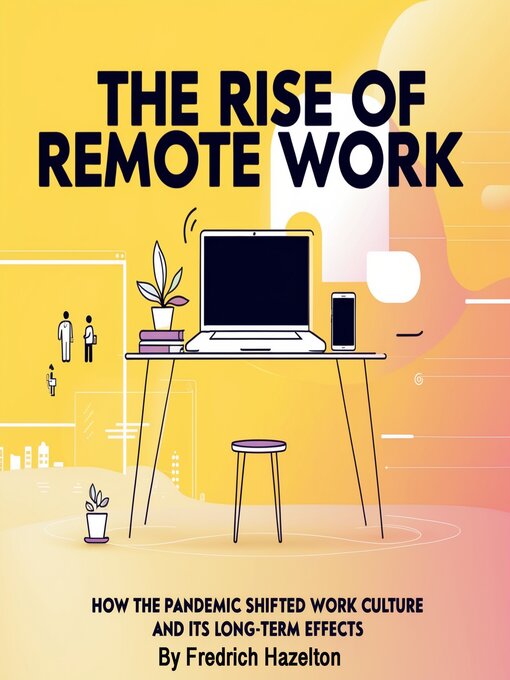The COVID-19 pandemic marked a turning point in how the world approaches work. Overnight, offices across the globe emptied as organizations scrambled to adapt to a new reality: remote work. What began as an emergency measure to ensure continuity during a global crisis evolved into a massive experiment that reshaped traditional workplace norms. For many, the home became an office, kitchen tables transformed into desks, and digital platforms like Zoom and Microsoft Teams replaced conference rooms.
Remote work wasn't entirely new before the pandemic. Some industries had already begun exploring flexible work arrangements, and technological advancements were paving the way for decentralized work environments. However, these shifts were gradual and often limited to specific roles or sectors. The pandemic accelerated this transformation, making remote work not just a possibility but a necessity for millions of employees worldwide.
This sudden shift raised critical questions about productivity, work-life balance, and the role of physical offices. While some businesses thrived in this new model, others grappled with challenges like maintaining team cohesion and addressing disparities in access to resources. Employees experienced both newfound autonomy and the struggle of blurred boundaries between personal and professional life.
